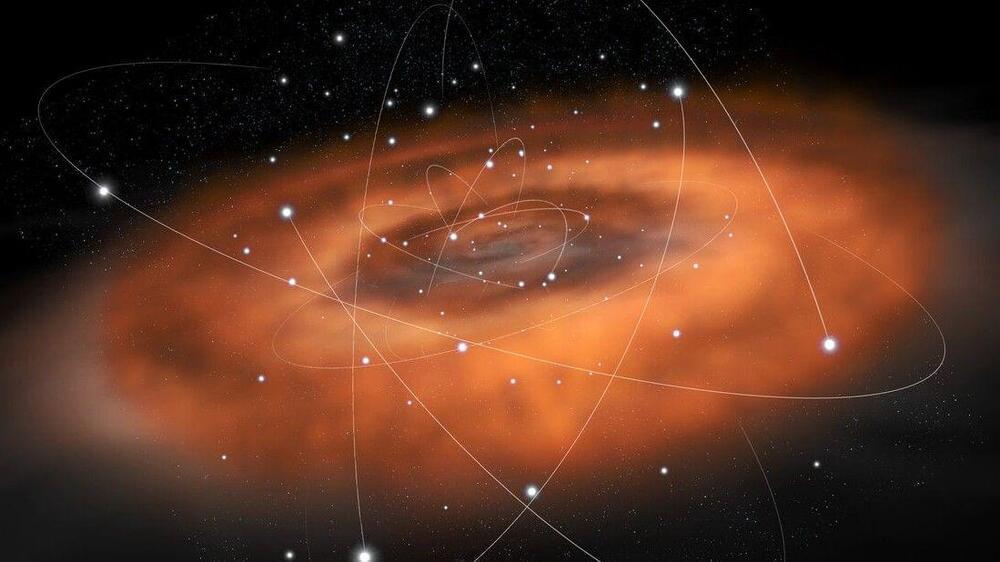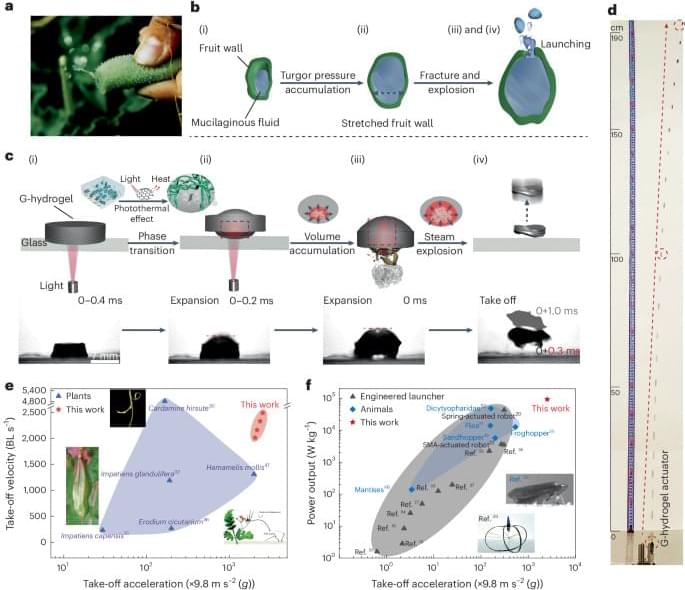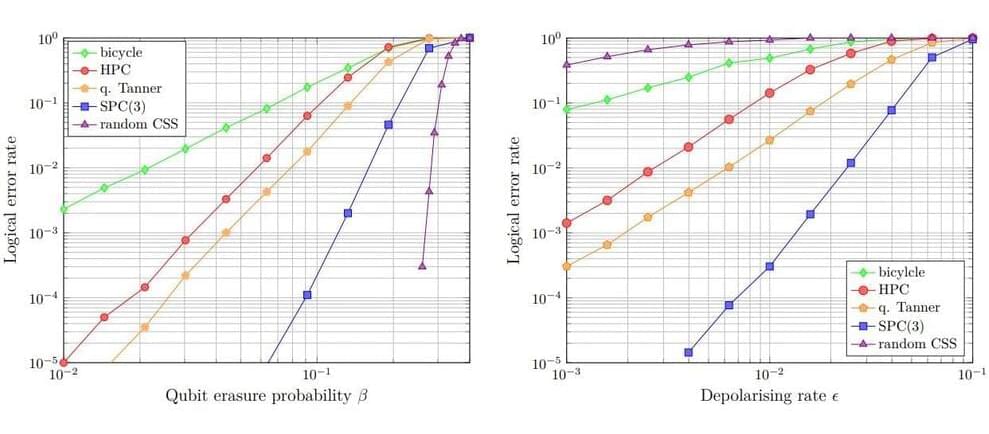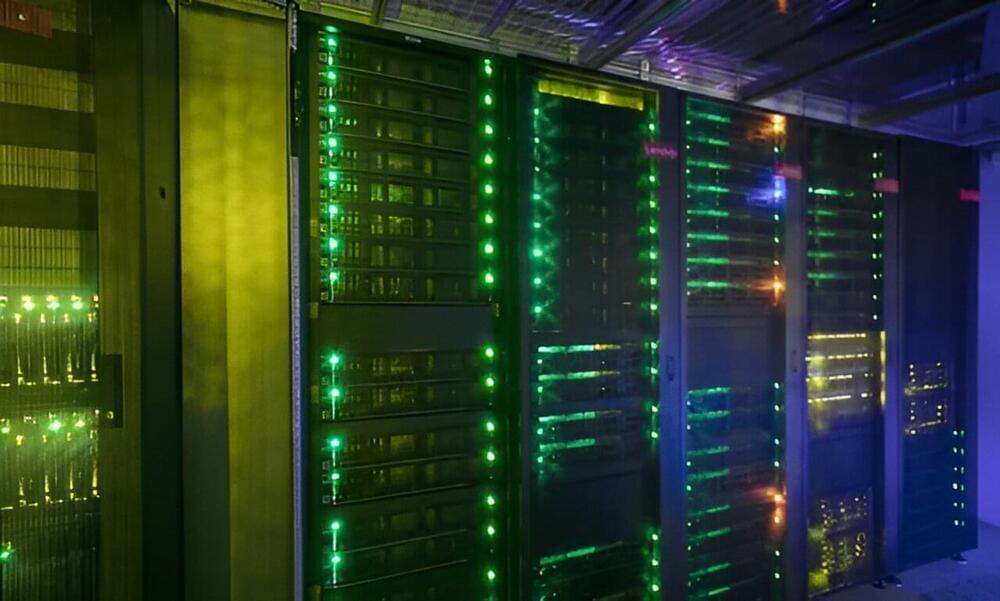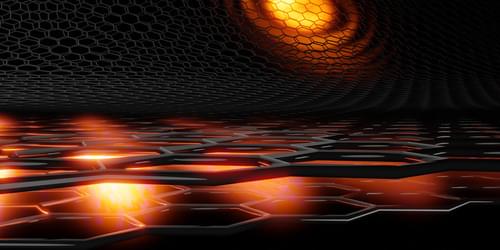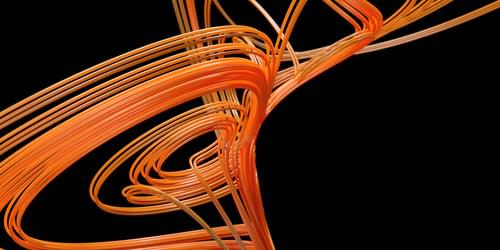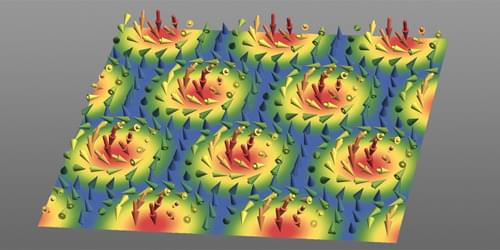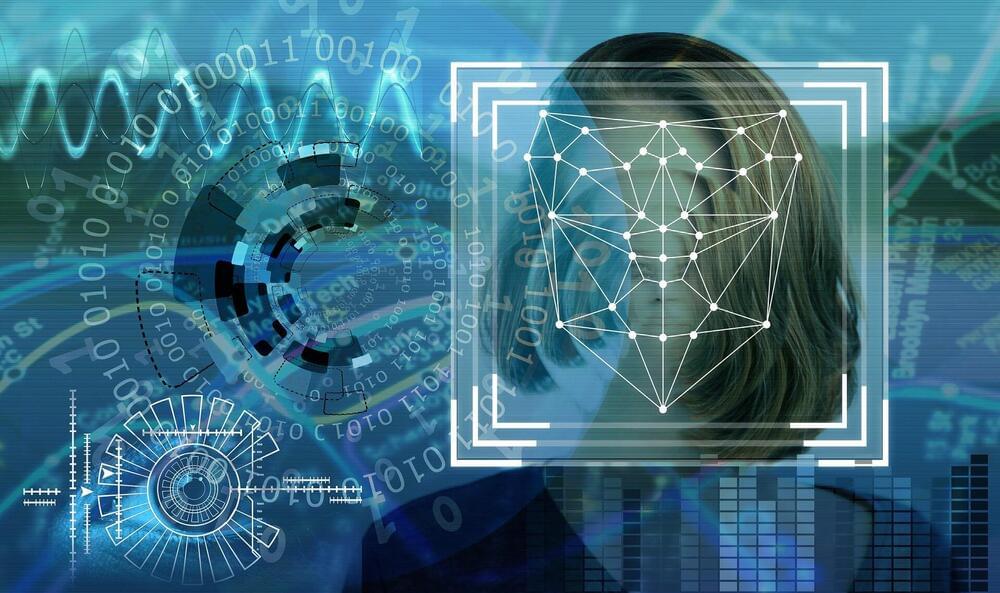Strange stars clustered near the Milky Way’s center are much younger than theory predicts is possible. New research suggests their youth could actually be eternal — and fueled by annihilating dark matter.
Propulsive motion in soft robotic systems requires the power amplification of stored energy. An accumulated strain energy-fracture power-amplification method is used to create light-driven soft robotic systems with a controlled launching ability.
Dimiter ostrev, davide orsucci, francisco lázaro, and balazs matuz.
Institute of Communications and Navigation, German Aerospace Center (DLR), 82,234 Weßling, Germany.
Get full text pdfRead on arXiv Vanity.
Working together, the University of Innsbruck and the spin-off AQT have integrated a quantum computer into a high-performance computing (HPC) environment for the first time in Austria. This hybrid infrastructure of supercomputer and quantum computer can now be used to solve complex problems in various fields such as chemistry, materials science or optimization.
Demand for computing power is constantly increasing and the consumption of resources to support these calculations is growing. Processor clock speeds in conventional computers, typically a few GHz, appear to have reached their limit.
Performance improvements over the last 10 years have focused primarily on the parallelization of tasks using multi-core systems, which are operated in HPC centers as fast networked multi-node computing clusters. However, computing power only increases approximately linearly with the number of nodes.
A new technique reveals high-speed trajectories of oscillating vortices and shows that they are 10,000 times lighter than expected.
In many superconductors, applying a sufficiently strong magnetic field causes superconducting electrons to create current vortices that can be drawn along with a steady electric current. To learn more about how these vortices move, researchers have now visualized their trajectories in a situation where they are driven to oscillate at near-terahertz frequencies [1]. They observed the vortex motion on picosecond timescales and found that, under these conditions, a vortex’s effective mass is 10,000 times less than expected. This result may be important for efforts to improve high-current superconducting devices.
Superconductors can only deliver current up to a certain maximum value before the superconductivity is destroyed, which is an important concern for the development of high-current devices. Many researchers consider vortices—which can form even in the absence of an external magnetic field—to be the source of this so-called current-induced quenching. But determining how vortices cause quenching requires better knowledge of vortices and thus better measurements of their motion.
Twisting the graphene sheets in a bilayer stack, so that the 2D orientations of the sheets are offset from one another, can drastically affect how the stack reacts to light. Researchers have observed the effect experimentally, but they lack an accurate theory of the behavior. Now Lorenzo Cavicchi at the Scuola Normale Superiore in Italy and collaborators have developed a theory that predicts that light-impinged twisted graphene bilayers could host two kinds of electron oscillations known as plasmons [1]. One of these plasmons, the acoustic plasmon, is tightly confined between the two graphene layers, giving it properties that could allow for its use in studying light–matter interactions.
The electrons in a twisted graphene bilayer are distributed unevenly across the system. This inhomogeneous distribution results from the system’s misaligned carbon atoms. Cavicchi and his colleagues accounted for the electron inhomogeneity in their theory. They also modeled the bilayer as two distinct sheets rather than as a single unit, as was done previously.
The team’s theory predicts the bilayer can host two kinds of plasmon oscillations: the previously known optical plasmon, where all electrons move in the same direction at the same time, and an acoustic plasmon, where the electrons in each sheet move in opposite directions. For a graphene bilayer with a 5° twist angle between the sheets, the researchers predict that the acoustic plasmon should have a velocity of about 840,000 meters per second. That velocity is slow enough that the oscillations are confined within the 0.3-nm gap between the graphene sheets. The researchers say that this tight confinement leads to interactions between the plasmon and incoming light that enhance the intensity of that incoming light. This behavior could be useful for applications in quantum cavities.
Both the predictive power and the memory storage capability of an artificial neural network called a reservoir computer increase when time delays are added into how the network processes signals, according to a new model.
A reservoir computer—a type of artificial neural network—can use information about a system’s past to predict the system’s future. Reservoir computers are far easier to train than their more general counterpart, recurrent neural networks. However, researchers have yet to develop a way to determine the optimal reservoir-computer construction for memorizing and forecasting the behavior a given system. Recently, Seyedkamyar Tavakoli and André Longtin of the University of Ottawa, Canada, took a step toward solving that problem by demonstrating a way to enhance the memory and prediction capabilities of a reservoir computer [1]. Their demonstration could, for example, allow researchers to make a chatbot or virtual assistant, such as ChatGPT, using a reservoir computer, a possibility that so far has been largely unexplored.
For those studying time-series-forecasting methods—those that can predict the future outcomes of complex systems using historical time-stamped data—the recurrent neural network is king [2]. Recurrent neural networks contain a “hidden state” that stores information about features of the system being modeled. The information in the hidden state is updated every time the network gains new information about the system and is then fed into an algorithm that is used to predict what will happen next to the system.
How to Clean Up a Skyrmion Lattice
Posted in computing
An ordered pattern of atomic spins with possible uses in computing can become more ordered if shaken at the right frequency.
UCLA researchers have conducted an in-depth analysis of nonlinear information encoding strategies for diffractive optical processors, offering new insights into their performance and utility. Their study, published in Light: Science & Applications, compared simpler-to-implement nonlinear encoding strategies that involve phase encoding with the performance of data repetition-based nonlinear information encoding methods, shedding light on their advantages and limitations in the optical processing of visual information.
People who struggle with facial recognition can find forming relationships a challenge, leading to mental health issues and social anxiety. A new study provides insights into prosopagnosia or face blindness, a condition that impairs facial recognition and affects approximately 1 in 50 people.
The researchers scanned the brains of more than 70 study participants as they watched footage from the popular TV series “Game of Thrones.” Half of the participants were familiar with the show’s famously complex lead characters and the other half had never seen the series.
When lead characters appeared on screen, MRI scans showed that in neurotypical participants who were familiar with the characters, brain activity increased in regions of the brain associated with non-visual knowledge about the characters, such as who they are and what we know about them.
